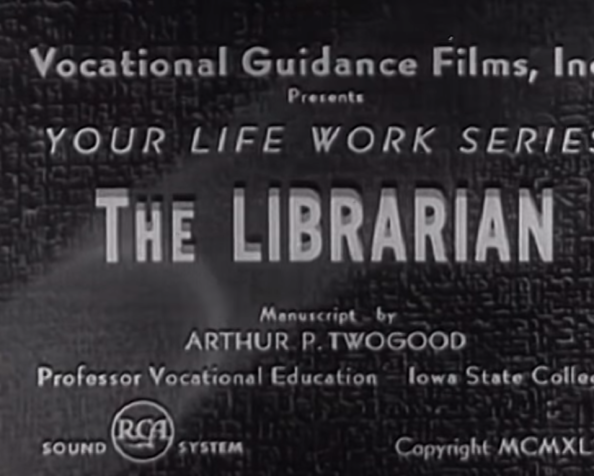Epistemic Status: All models are wrong, some are useful. This seems potentially useful to me.
I was teaching a class on the Digital Divide recently and a student suggested that many of the challenges we were discussing actually existed at very different stages. (Apologies for forgetting which student, I would be happy to replace this aside with a citation). From this observation we as a class took a few minutes to construct a simple taxonomy of the levels of abstraction of digital literacy. This is only a first draft, so more work is needed.
A brief search only revealed the mapping of digital literacy onto Bloom’s taxonomy. I think this effort is a bit different.
| Level of Abstraction | Digital Literacy | Classic Literacy | Numeracy |
| 5: Social Implications | Algorithmic mass influence, deep fakes, privacy and anonymity, AI | Shared cultural references and understanding | Effects of societal understanding of probability and statistics |
| 4: Goal-oriented Operation | Cooperative (social media, multiplayer, etiquette), programming | Narrative comprehension | Algorithms, probability, statistics |
| 3: Advanced Operation | Digital creation (write a document/email) | Sentence construction | Equations (a2 + b2 = c2) |
| 2: Regular Operation | Use of programs or apps (play a game/music/video) | Word recognition | Operations (BEDMAS) |
| 1: Basic Operation | Use of operating system (turn on/off, point, click, drag) | Character recognition (ABCs) | Character recognition (123s) |
| 0: Access | Access to digital tools (computers, phones) | Access to literature (books) | Access to math texts |
Each level of abstraction relies on the lower stages. When designing digital literacy programming, having a clear idea of which level of abstraction is being targeted. Beyond the various levels, there are likely different streams content could be organized into.
NB. This may be the first time I have written something directly applicable to librarianship.
